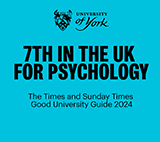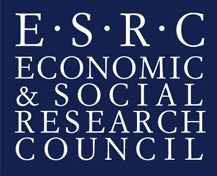
Numer8ED.2
The foundations of understanding fractions and decimal numbers
Why do some people struggle with rational numbers whilst others manage to learn these well? What cognitive mechanisms support rational number processing and can we identify these? Improving understanding of the mechanisms supporting rational number learning is vital for developing strategies to support these mechanisms and improve rational number learning.
Overview
Following on from the original Numer8ED project, this ESRC-funded project will establish how to overcome the difficulties many children and adults experience when encountering rational numbers such as fractions and decimal numbers (e.g., 1/3, 2.14). We will identify factors leading to proficiency with rational numbers.
The currently low levels of rational number proficiency impede access to STEM-related subjects and hinder optimal health-related and financial decisions. Furthermore, the gap in mathematics achievement between advantaged and disadvantaged children in the UK has been exacerbated by the COVID-19 pandemic in 2020.
We will use cognitive psychological research to investigate how best to improve proficiency with rational numbers
This project is divided into three parts:
- A longitudinal study to identify which cognitive precursor skills predict later proficiency with rational numbers
- Eye-tracking studies to discover the mechanisms by which those precursor skills support the development of rational number proficiency
- Developing a training to increase competence with rational numbers
Longitudinal study
Over a three-year period (school years 7-9) we will follow a cohort of 300 children to investigate how their numeracy and rational number skills develop over this period. We will also explore the development of their health and financial literacy over this period.
Eye-tracking
We are also investigating the underlying mechanisms involved in rational number processing across age groups using eye tracking techniques. Eye tracking involves using cameras to measure eye movements during visual tasks. We can then use eye movement data to measure things such as attention, viewing time, and pathways of visual processing, all of which can give us insights into how participants are processing what they see.
Collaborators
The eye-tracking studies are carried out in collaboration with Prof Martin Fischer and the PECoG lab at the University of Potsdam, Germany.
Newsletter
For more information about what’s going on in the Numer8ED.2 team, check out the Numer8ED.2 Newsletter January 2024 (PDF ![]() , 493kb).
, 493kb).

